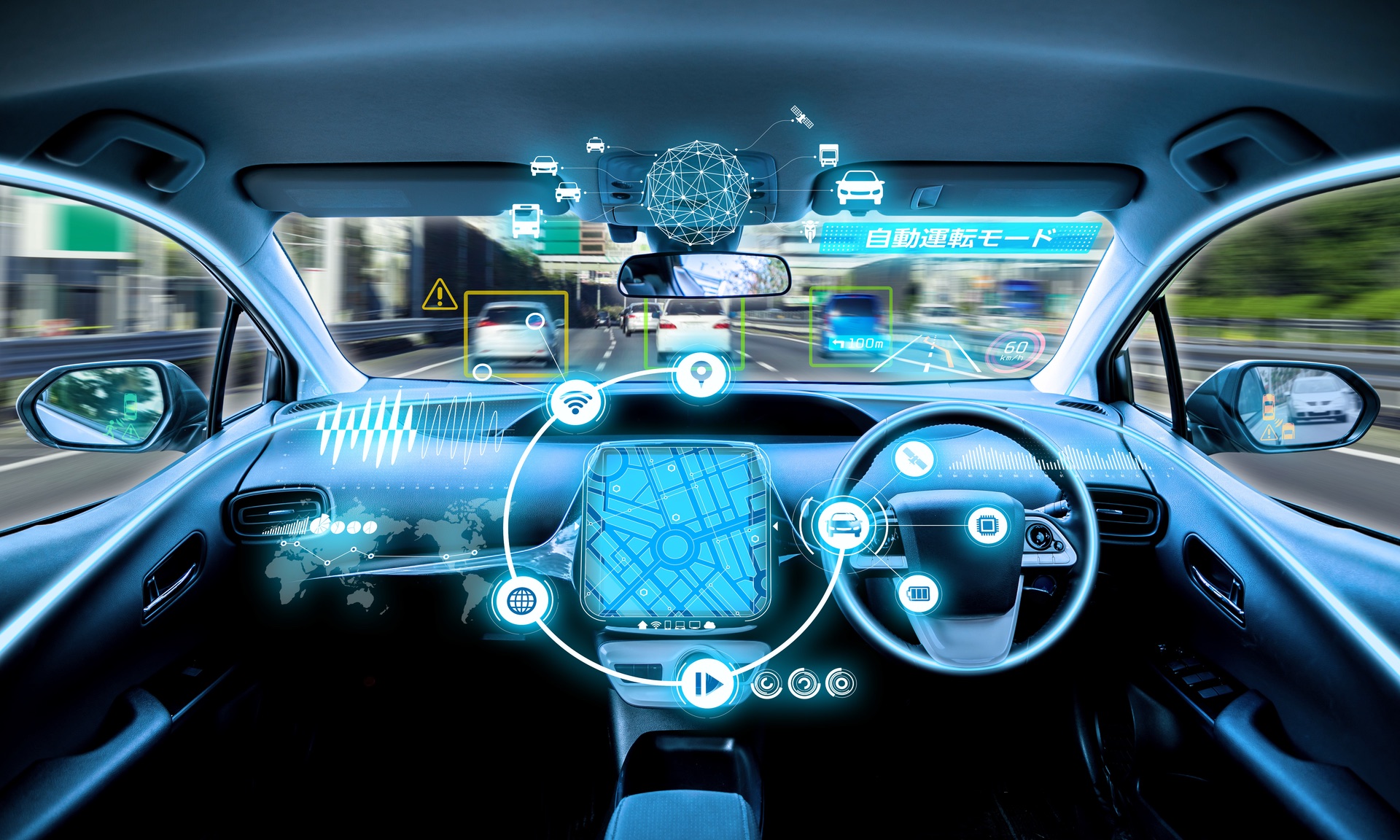UK motorists will be permitted to watch TV and access other services available on in-car infotainment screens in self-driving cars after the country’s government announced planned changes to the Highway Code to accommodate autonomous vehicles.
However, motorists must remain ready to resume control in a timely way if prompted, such as when they approach motorway exits. Despite the changes, the government said it will still be illegal to use mobile phones in self-driving mode, “given the greater risk they pose in distracting drivers, as shown in research”.
With Britain’s first vehicles for self-driving possibly ready for use later this year, the government expects to have a full regulatory framework in place to support the widespread deployment of the technology by 2025. The Department for Transport will also work with industry, regulators, and safety organisations to ensure drivers can access information to help them use vehicles safely.
“This is a major milestone in our safe introduction of self-driving vehicles, which will revolutionise the way we travel, making our future journeys greener, safer, and more reliable,” said Transport Minister, Trudy Harrison. “This exciting technology is developing at pace right here in Great Britain and we’re ensuring we have strong foundations in place for drivers when it takes to our roads.”
The government said the measures follow public consultation, which found the majority of respondents were broadly supportive of the proposed changes to the Highway Code to clarify drivers’ responsibilities regarding self-driving vehicles.
According to the government, the introduction of the technology is likely to begin with vehicles travelling at slow speeds on motorways, such as in congested traffic.
“Following a landmark call for evidence, the government announced in April last year that vehicles fitted with automated lane keeping system (ALKS) technology could be the first example of self-driving technology. Existing technology available on the market is ‘assistive’, meaning drivers must currently always remain in control and responsible,” the government said.
“Designed for use on a motorway in slow traffic, ALKS enables a vehicle to drive itself in a single lane, up to 37 mph (60 km/h), while maintaining the ability to return control easily and safely to the driver when required.”
According to the government, the technology could improve road safety across Britain by reducing human error, which is a contributory factor in 88 per cent of recorded road collisions.
Matthew Avery, Chief Research Strategy Officer at Thatcham Research, said the changes are a notable landmark towards safe automated driving in the UK. However, he said the question of who pays when an automated vehicle crashes remains unclear.
“Carmakers and insurers will work together to handle claims where the vehicle is proven to be in self-driving mode, and while Mercedes recently announced that it will accept liability when its ‘Drive Pilot’ automated system is engaged, the provision of data will be vital to making sense of collisions and ensuring that legal wrangling does not put a brake on adoption,” Avery said.
“As a clear communication to the consumer, the announcement’s focus on the driver’s legal responsibilities is important, especially when it comes to taking back control from the system. This is an area of risk and it’s important that drivers are aware that they must remain engaged and be ready to resume the driving task at any time.”
Steve Gooding, Director of the RAC Foundation, said the changes to the Highway Code will help motorists understand their responsibilities as the nation moves to self-driving cars. Vehicle manufacturers and dealers will also have a vital role in ensuring customers fully appreciate the capabilities of the cars and the rules that govern them.

